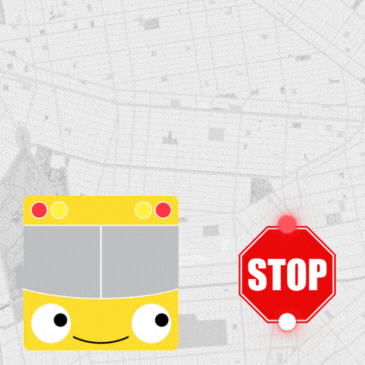
NYC DOT Reduces Speed Limits In New ‘Regional Slow Zones’ Across The City
New York City Department of Transportation (NYC DOT) Commissioner Ydanis Rodriguez today announced the city will implement Regional Slow Zones in the Bronx, Queens, Brooklyn, and Staten Island, after launching the first Regional Slow Zone in Manhattan late last year. A Regional Slow Zone is a specific geographic area where speed limits will be set at 20 miles per hour. The speed limit reductions are targeted to improve traffic safety. In addition to the Regional Slow Zones, NYC DOT has also reduced speed limits at 70 locations since last fall. The speed limit reductions follow the passage of Sammy’s Law, a state law granting the city greater authority to reduce speed limits.
“Lowering vehicle speed limits by even a few miles per hour could be the difference between life or death in a traffic crash,” said NYC DOT Commissioner Ydanis Rodriguez. “Our newest Regional Slow Zones will save lives and protect our most vulnerable New Yorkers in some of our busiest pedestrian communities. I want to thank the herculean efforts of Families for Safe Streets and Amy Cohen, who has tirelessly advocated in honor of her son Sammy Cohen Eckstein for the city to have greater control over our speed limits.”
The new Regional Slow Zones will be located in DUMBO, Brooklyn; Broad Channel, Queens; St. George, Staten Island; and on City Island, in the Bronx. By the end of 2025, NYC DOT will lower speed limits in 250 locations, prioritizing areas such as schools, Open Streets, and Shared Streets. Each Regional Slow Zone was chosen based on the location having well-defined geographic boundaries to avoid driver confusion; and higher pedestrian volumes compared to surrounding areas. NYC DOT will begin publicly notifying community boards on its proposals this month, with a 60-day comment period to follow before implementation.
The new Regional Slow Zone areas are:
City Island – The new Bronx zone will span the entire island, around 0.42 square miles. City Island had five severe traffic injuries in the past five years.

DUMBO – The Brooklyn zone will cover 0.18 square miles, extending from Furman Street to the west; Water Street, Plymouth Street, and John Street to the north; Navy Street and Hudson Avenue to the east; and Sands Street and the Brooklyn Queens Expressway to the south. This area saw one traffic fatality and 10 severe injuries during the last five years.

Broad Channel – The Queens zone will span 0.16 square miles from East Sixth Road to West 22nd Road. This area had one traffic fatality and six severe injuries in the last five years.

St. George – Staten Island’s new zone will cover the community closest to the Staten Island Ferry Terminal, representing around 0.25 square miles. It is bordered by Tysen Street and Clinton Avenue to the west, Prospect Avenue to the south, Jersey Street to the east, and Richmond Terrace to the north. Speeds will be lowered on bordering corridors, except Richmond Terrace which will remain 30 MPH. This area saw zero traffic fatalities and 12 severe injuries in the last five years.













